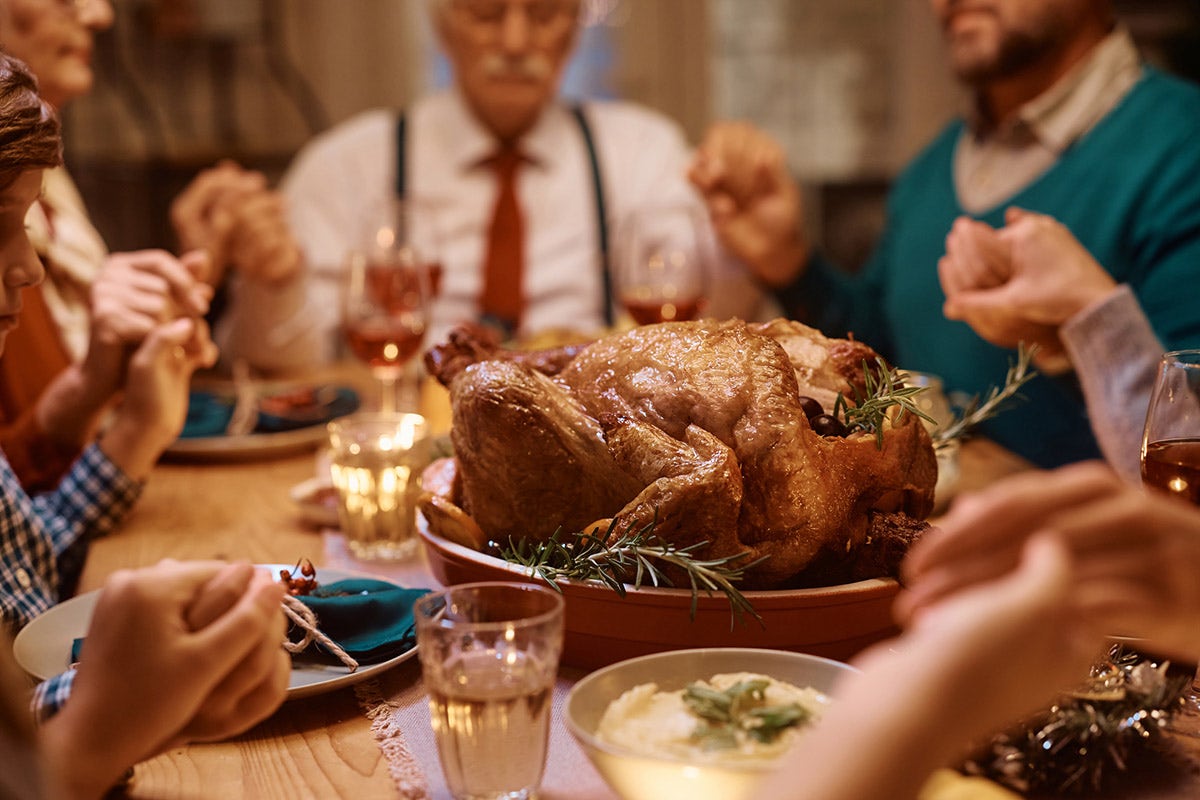Pro Tips for Winterizing Your Plumbing: Tools & Solutions from Superior Tool®
As winter’s chill sets in, protecting your plumbing from freezing temperatures is a critical task for every homeowner. When water inside pipes freezes, it expands, putting immense pressure on your plumbing and leading to costly repairs. Fortunately, with a little preparation, the right tools, and some plumbing know-how, you can avoid the worst of winter plumbing issues.
In this guide, we’ll walk you through essential tips for winterizing your plumbing, plus show you how tools from Superior Tool can make the process quicker, easier, and more effective. We’ll also explore how converting to PEX tubing could offer long-term solutions for protecting your plumbing through the cold months.
Why Winterizing Your Plumbing Is Essential
When temperatures drop, water inside your pipes can freeze. As water freezes and expands, it puts pressure on the pipes, which can lead to cracks or even bursts — causing expensive damage and holiday disruption. Winterizing your plumbing is the best way to prevent these issues. By properly insulating, draining, and sealing off vulnerable areas, you can keep your plumbing safe and your home dry through the coldest months.
Now, let’s dive into the essential steps for winterizing your plumbing, with a focus on how Superior Tool’s innovative tools can help.
1. Shut Off Water to Outdoor Faucets and Features
Outdoor faucets are one of the first places where freezing can occur. Leftover water in these fixtures can freeze and cause pipes to crack or burst.
Pro Tip: Shut off the water supply to outdoor faucets, disconnect hoses, and drain any water left inside. Consider installing insulated faucet covers to provide extra protection.
How Superior Tool Helps: The Emergency Gas and Water Shut Off Wrench from Superior Tool is a must-have for easily and safely turning off the water and gas supply to your home. If you experience faucets leaks. This tool is specifically designed to quickly cut off utility services in the event of an emergency, ensuring that you’re prepared for anything that comes your way.
2. Convert to PEX Tubing for Winter Protection
Older plumbing systems, particularly those made from copper or PVC, are highly susceptible to freezing and damage in cold temperatures. But there’s a solution that can offer long-term peace of mind: PEX (cross-linked polyethylene) tubing.
Pro Tip: Consider converting your plumbing system to PEX tubing. Unlike traditional materials, PEX is more flexible, less likely to burst in freezing temperatures, and can easily expand and contract. This makes it ideal for homes in colder climates, where freezing and thawing cycles can lead to serious plumbing problems.
How Superior Tool Helps: Superior Tool’s 5-Piece PEX Expansion Kit is a great tool for installing or upgrading to PEX tubing. The kit includes everything you need to properly expand and connect PEX pipes, allowing you to quickly and efficiently update your plumbing system to one that’s more resilient against the winter cold.
To securely attach PEX fittings, Superior Tool’s 5 Piece PEX Crimper Tool is essential. This tool ensures a tight, reliable connection, preventing leaks and ensuring your PEX system holds up during the coldest months. With these tools, converting to PEX tubing for winter protection is a straightforward upgrade.
3. Drain and Insulate Exposed Pipes
Exposed pipes in basements, attics, and crawl spaces are especially vulnerable to freezing. Insulating them and draining any remaining water will help prevent them from freezing and bursting.
Pro Tip: Wrap exposed pipes in foam insulation or heat tape to protect them. Drain any water remaining in pipes that aren’t used regularly, such as those in unheated areas of your home.
How Superior Tool Helps: The Water Pump Pliers from Superior Tool are perfect for adjusting and securing your plumbing. These versatile pliers are ideal for gripping and turning various plumbing fixtures, making them a great tool to have on hand when tightening up valves or pipes before insulating them. With their ability to grasp large or small fittings securely, these pliers help make your winterization process easier.
4. Seal Gaps Around Pipes
Cold air can creep in through small gaps and cracks around the foundation or where pipes enter the house, contributing to frozen pipes. Sealing these gaps is a critical step in winterizing your plumbing.
Pro Tip: Use caulk, foam sealant, or weatherstripping to seal any gaps or cracks around where your pipes enter the house, especially in crawl spaces and basements. This will help keep cold drafts away from your plumbing system.
5. Check Your Water Heater
Your water heater is a vital part of your plumbing system, and it’s worth making sure it’s in good working order before winter sets in. Frozen or damaged pipes connected to your water heater can result in leaks and freezing.
Pro Tip: Insulate the pipes connected to your water heater and check for any leaks. If your water heater is older, consider flushing it to remove sediment buildup, which can impact efficiency.
How Superior Tool Helps: Use the Adjustable Combination Wrench or Water Pump Pliers to tighten any loose fittings or valves on your water heater. This tool is ideal for making adjustments or repairs on your water heater’s plumbing, ensuring everything is securely fastened before the cold weather arrives.
6. Monitor and Maintain Consistent Temperature
In extreme cold, it’s essential to keep your home above freezing, even if you’re away for an extended period. This helps maintain water flow and keeps pipes from freezing. There are many of smart home options when it comes to remotely controlling or monitoring your house’s temperature. These devices allow you to connect to your house via wifi connections and applications on your phone.
Pro Tip: Set your thermostat to at least 55°F (13°C), even if you’re leaving for the holidays. Ask a neighbor or friend to check the temperature of your home while you're away.
7. Test Your Plumbing After Winterizing
Once you’ve winterized your plumbing, it’s a good idea to test your system to ensure everything is functioning as it should.
Pro Tip: Check the water pressure at various faucets and inspect for leaks or weak flow. Ensure your outdoor shutoff valves are properly closed and that all your winterizing steps have been successfully completed.
How Superior Tool Helps: After winterizing, use the Emergency Gas and Water Shut Off Wrench to ensure that your water and gas lines are securely shut off in outdoor areas. This tool will help you double-check you main service shutoff points and avoid any leaks or water flow issues before the cold weather hits. Our Water Pump Pliers can be handy as well for adjusting your plumbing system to ensure that all areas are securely protected. These pliers can help you reroute or adjust pipes, preventing cold drafts from reaching vulnerable areas.
Don’t Let Jack Frost Nip Your Plumbing To Do’s!
Winterizing your plumbing doesn’t have to be a daunting task. With the right preparation and the right tools, you can protect your home from the devastating effects of frozen pipes. Superior Tool offers a range of tools, from the 5-Piece PEX Expansion Kit and PEX Crimper Tool to Water Pump Pliers and Emergency Shut Off Wrenches, that make winterization tasks simpler and more effective.
By considering upgrades like converting to PEX tubing, insulating pipes, and sealing gaps, you’ll be able to protect your plumbing year-round — and especially through the harsh winter months. Get ahead of the cold weather, and ensure your plumbing is safe, secure, and ready to handle whatever the winter throws its way.
Happy winterizing from Superior Tool!















Comments